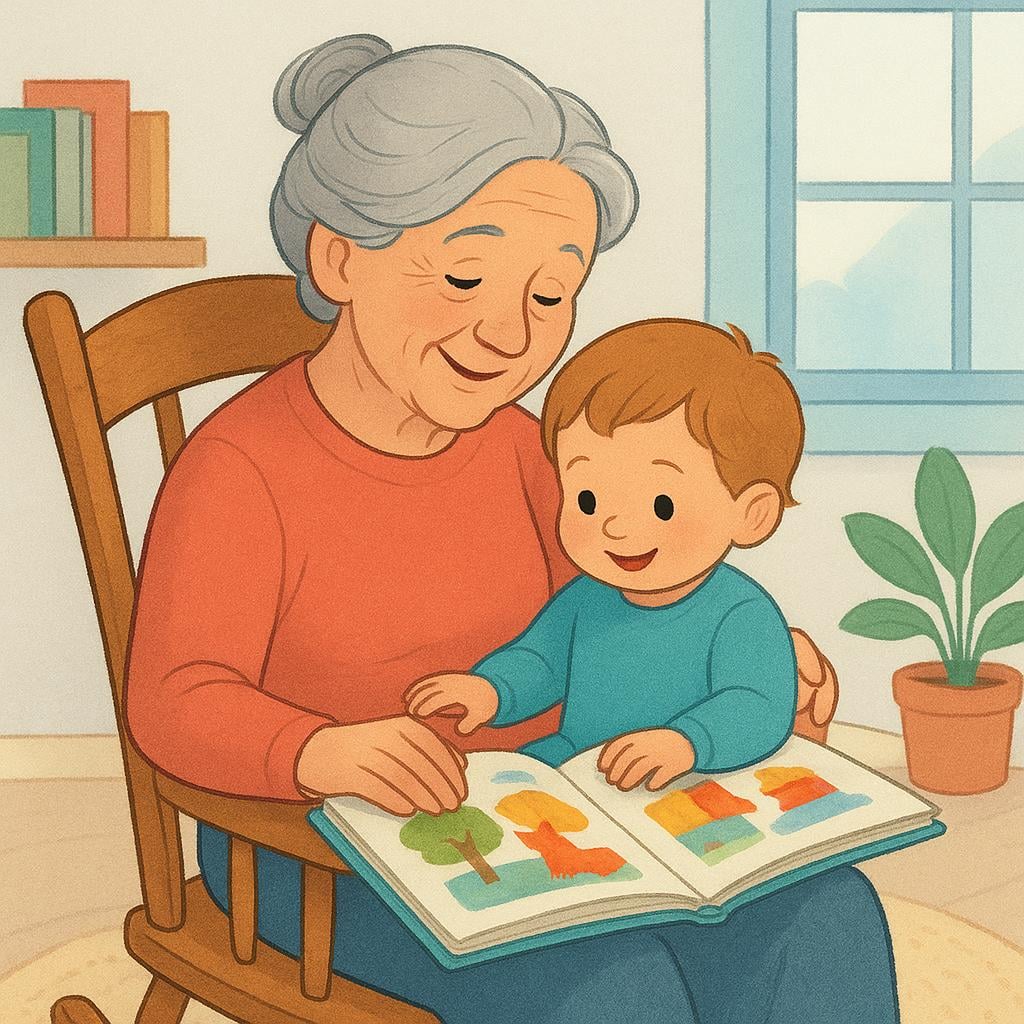
abuela
/ah-BWEH-lah/
📝 In Action
Mi abuela vive en México.
A1My grandmother lives in Mexico.
¿Vamos a visitar a la abuela este fin de semana?
A1Are we going to visit grandma this weekend?
La abuela de mi amigo es de Argentina y cocina muy bien.
A2My friend's grandmother is from Argentina and cooks very well.
💡 Grammar Points
A Feminine Word
Because 'abuela' ends in '-a', it's a 'feminine' word. This just means you'll use 'la' or 'una' before it. For example, 'la abuela' means 'the grandmother'.
The Personal 'a'
When your grandmother is the one receiving an action (like you are visiting her), you need to add the small word 'a' right before her. For example: 'Visito a mi abuela.' (I visit my grandmother).
❌ Common Pitfalls
Masculine vs. Feminine
Mistake: "Mi abuelo es mi mamá's mamá."
Correction: Mi abuela es la mamá de mi mamá. 'Abuela' is for grandmother, and 'abuelo' is for grandfather.
⭐ Usage Tips
Sounding More Affectionate
In everyday, loving conversation, people often say 'abuelita' or even shorten it to 'abue'. It’s like saying 'grandma' or 'granny' instead of the more formal 'grandmother'.
✏️ Quick Practice
💡 Quick Quiz: abuela
Question 1 of 1
If you want to say 'I'm going to my grandma's house,' which sentence is correct?
📚 More Resources
Frequently Asked Questions
What's the difference between 'abuela' and 'abuelita'?
'Abuela' is the standard word for 'grandmother'. 'Abuelita' is a more affectionate, informal version, like saying 'grandma' or 'granny'. You'll hear 'abuelita' very often in family settings and it shows warmth.
How do you say 'grandparents'?
You say 'los abuelos'. In Spanish, when you have a mixed-gender group (a grandfather and a grandmother), you use the masculine plural form to refer to them as a pair.